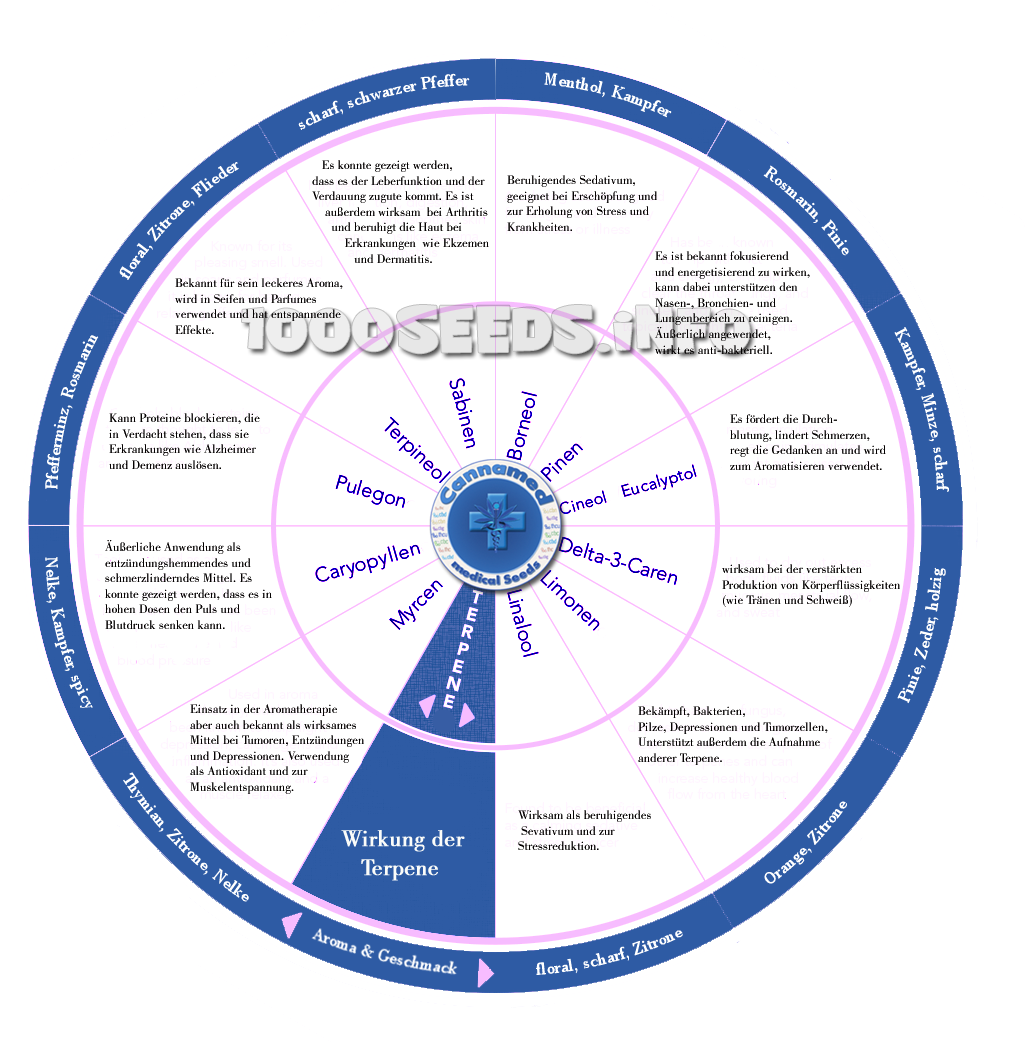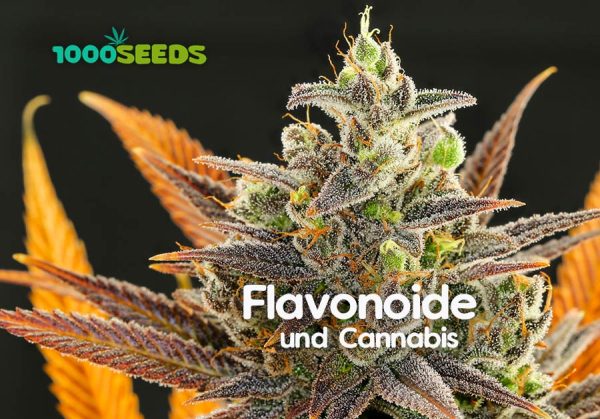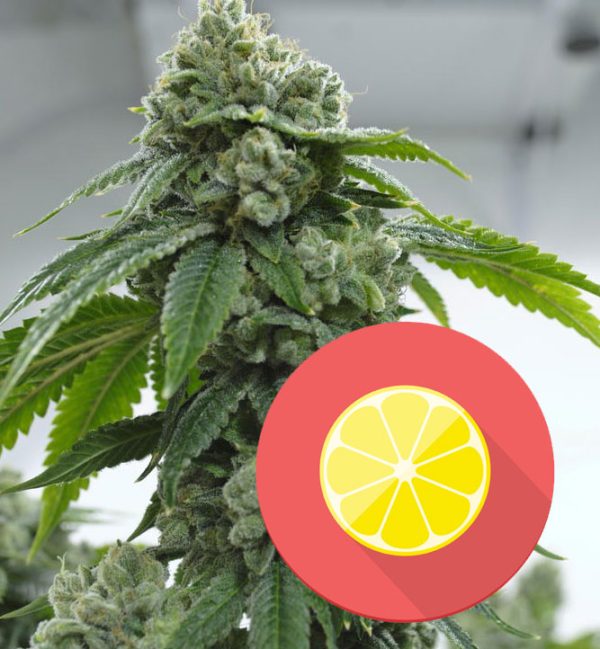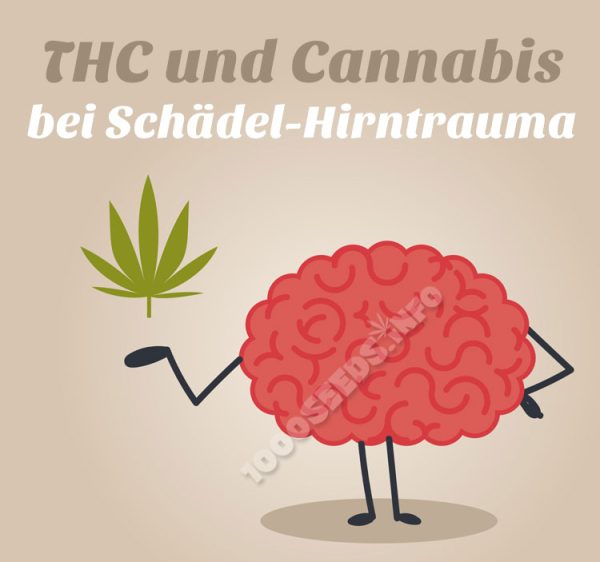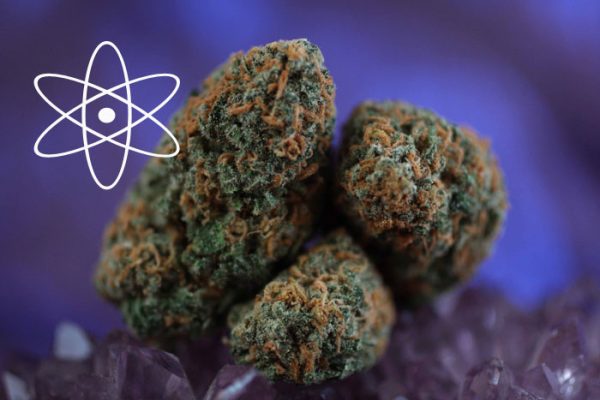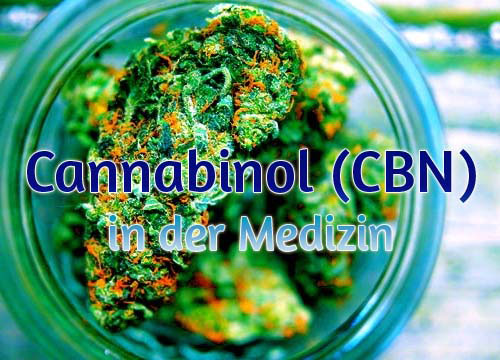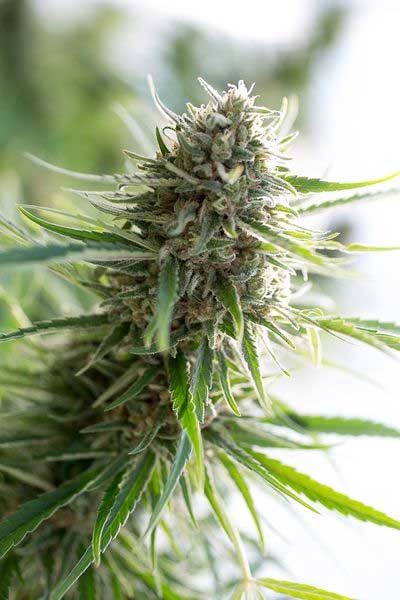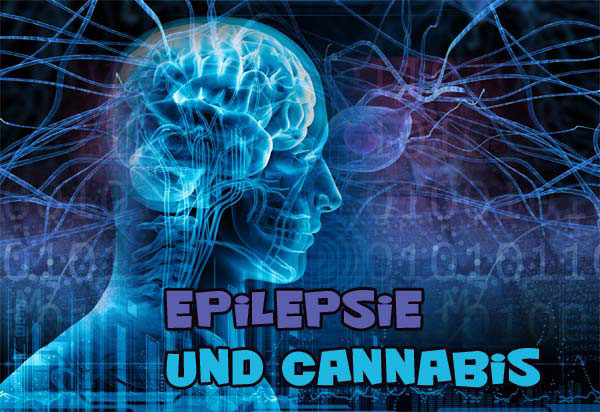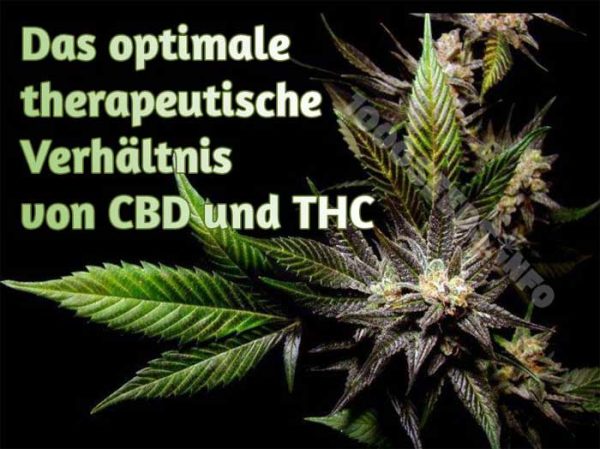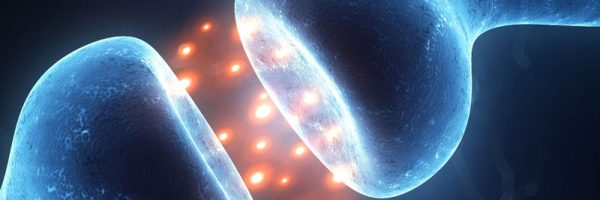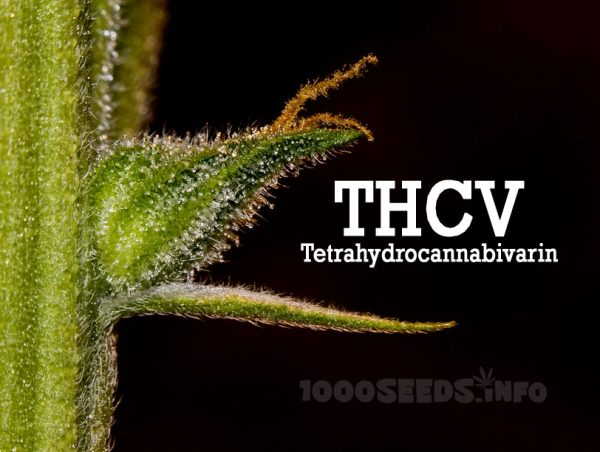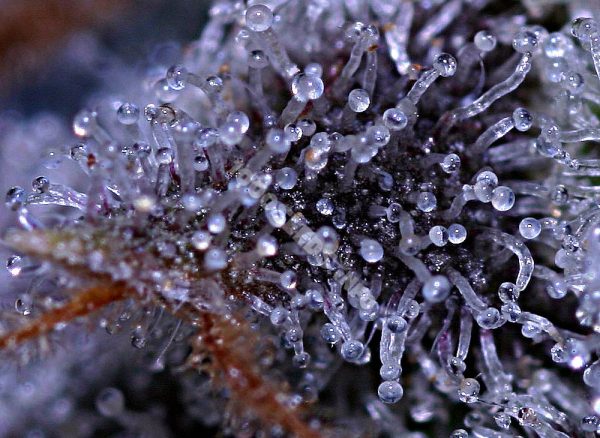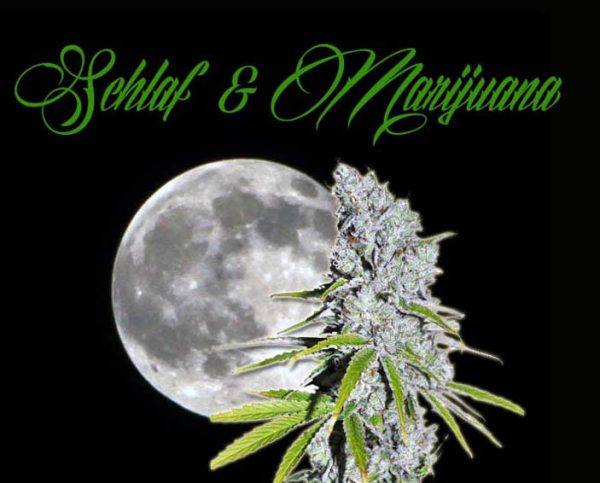Terpenes in cannabis and their interaction with cannabinoids
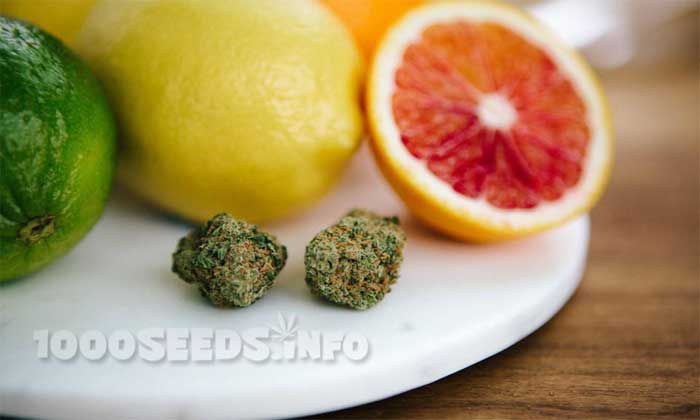
Humans have been familiar with terpenes for thousands of years as aroma and flavour in e.g. beer, sweets, perfumes, fruits, incense and much more. In addition to smell and taste, there are numerous medicinal benefits that terpenes bring. Terpenes are probably the largest single family of chemical compounds on the planet. They are used as remedies by herbalists and pharmacists alike.
Isopropene, C5 H5
Isopropene is a molecule consisting of 5 carbon atoms, which forms the basis of all terpenes. Similar to chain links, most terpenes are 5, 10, 15 or 40 carbon atoms long. Limonene and linolool are both 10 carbon atoms long or in other words contain 2 isopropene chain links. Phytol is a larger molecule that is more oily, it contains 20 carbon atoms, corresponding to 4 isopropene chain links.
Every existing terpene can be found in an amazing variety in different plants.
β-Caryphylla
β-Caryphylla is found in black pepper, hops, cloves, rosemary and some sativa strains.
Originally, cannabinoids were thought to exist only in the Cannabaceae family, but recently they have been found in other plant families. For example, in the Linaceae (flax) and Asteraceae (Echinaceae and Helichrysum) families. Likewise, numerous plants could be identified that also contain CBD. At the moment, it is not known how many plants are able to produce CBG-A in order to be able to produce the other cannabinoids.
The heated/vaporised smoke of cannabis contains up to 50% terpenes and a cannabinoid content of 10-20%. In most cases, the larger the terpene molecules are, the more viscous and difficult they are to vaporise.
Lime
Limonene evaporates very quickly with a pungent smell similar to acetone. Cannabinoids, on the other hand, are much larger molecules, they are almost solid at room temperature and thus have only a faint odour similar to pine resin. The size and structure of the terpene also influences factors such as water solubility, solubility in ethyl alcohol, oil or other solvents. It also determines whether it decomposes easily through heat, light and air (among numerous other factors).
Plants use terpenes in several ways. Certain terpenes attract bees, for example, so that the pollen is transferred to other plants. This is not the case with cannabis, because the pollen is spread by the wind. Thus, for marijuana plants, the terpenes probably partly serve as a warning and deterrent for herbivores.
Terpenes provide the largest single group of different odours and flavours available. Terpenes also form the majority of components in flavourings for foods, sweets and perfumes. Limonene, which occurs in three closely related forms, is widely used. One of the forms usually smells like mandarin, another like lemon and the third like grapefruit. Furthermore, the combination of these three forms of limonene can create even more smells from the original three, depending on the quantities and ratios in which they are used. So much for that.
Terpenes also have a range of medicinal properties
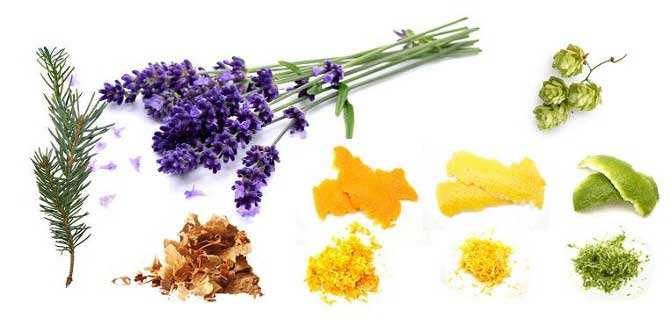 Each terpene can have different effects from a medicinal point of view. This results in an overlapping synergy. Something that every botanist knows 😉 The strategy of overlapping effects significantly increases the chances of good treatment results.
Each terpene can have different effects from a medicinal point of view. This results in an overlapping synergy. Something that every botanist knows 😉 The strategy of overlapping effects significantly increases the chances of good treatment results.
β-Myrcene
β-Myrcene is the most abundant terpene in cannabis. It is present in very high concentrations in some cannabis strains. It is also present in large quantities in hops, ripe mango, bay leaves and lemongrass. The smell can vary and is usually described as herbal, spicy. β-Myrcene is particularly known for its medicinal efficacy in treating pain and inflammation. It also has a calming, mental but also physical effect. It is therefore also used for the treatment of muscle spasms. The benefits are synergistically enhanced by THC especially in the treatment of pain. Myrcene is also considered to be sleep-inducing.
β-Myrcene + THC = synergistic enhancement in pain management
β-Myrcene + THC-A = synergistic enhancement for inflammation
CBD + linalool = considered anti-psychotic
THC + CBD-A + THC-A = particularly effective in the treatment of muscle spasms.
Besides myrcene , limonene is also increasingly found in marijuana.
Lime
Limonene also appears in the peel of lemons, but also in other fruits and is found in many flowers. They have a sweet, fresh and fruity smell, a distinctive citrus aroma. Limonene has anti-depressant, uplifting effects and at the same time is stimulating for the immune system (similar to garlic). They are also said to have anti-tumour, anti-fungal and anti-bacterial effects. Limonene also supports the treatment of gastric reflux disorders. Limonene can be used topically as an anti-septic agent and is also used to repel insects.
Limonene has synergies with THC-A, CBD-A, CBC-A, CBC, CBG, caryophyllene oxide, as well as with linalool.
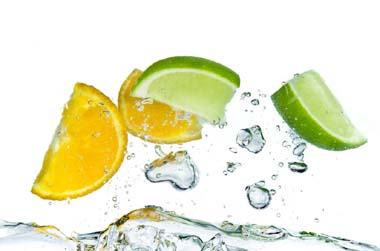
Phytol
Phytol is another very interesting terpene, it is a degradation product from decomposed chlorophyll. It has a floral balsamic aroma. Phytol is an immunosuppressant and hinders the activity of aflatoxin, a mycotoxin in the body.
It is used topically to relieve itching and slow-healing wounds. Phytol is also suitable as a non-toxic yellow pigment for colouring food.
Eine Tinktur, welche eine Kombination aus THC-A, THC, CBD, CBD-A, CBG-A und Myrcen enthält ist aufgrund der überlappenden Synergien besonders bei der Behandlung von Schmerzen (speziell bei Muskeln und Skelett) sowie bei Entzündungen und Muskelverpsannungen wirksam.This can be achieved by mixing 1 part cold extracted from for example Medical Cherry Soda with two parts hot extra cted Medical Cherry Soda is mixed.
The main component of Medical Cherry Soda is CBD and THC-A. In the cold extracted run, CBD-A, THC-A and CBG-A are retained. In the hot extracted, on the other hand, the CBD-A and THC-A are then converted into CBD and THC. (see also: The effective components in cannabis and their boiling points according to Dr. Ethan Russo (USA) and John M. Mc Partland (UK). ). Myrcene remains largely unchanged by heating. By mixing the extracts, the crucial combination of medicinal compounds needed to treat pain is achieved. It is amazing how one strain can have two different types of medicinal properties depending on whether the concentrate has been heated and how or not.
Different strains of cannabis contain different amounts of different cannabinoids and terpenes. This is why some cannabis strains are particularly effective in the treatment of certain diseases: Strains according to indications.
Terpenes and their interaction with the individual cannabinoids will continue to be and increasingly be a topic in medical cannabis research. The ability of terpenes to interact with cannabinoids as well as with other active components in marijuana is fascinating. Both the psychoactive and the medicinal effects of the individual strains are also strongly influenced by the terpenes. Terpenes can, for example, modify and influence how much THC can pass the blood-brain barrier.
While some terpenes have a stress-reducing effect, others have anti-inflammatory and bronchodilator effects (see: The terpenes in cannabis and their effect)
The synergistic effects have their basis in the body's own endocannabinoid system. Just as THC binds to receptors that are found in large numbers in the brain and thus produces a psychoactive effect, terpenes also bind to these receptors (sometimes to others as well) and influence the chemical processes and thus the medicinal effects.
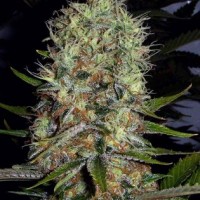 Medical Cherry Soda
Medical Cherry Soda
The effect of Medical Cherry Soda is very long lasting, inspiring and cerebrally (mentally) calming as well as balancing, while physically it is only slightly sedating. M.C.S. is particularly suitable for inner restlessness and stress and can be used very well during the day because it does not make you tired. Medicinal concentrates of this variety have a delightfully fruity taste and enormous potency. M.C.S. has a high average THC content of 21%, 5% CBD and a very high proportion of the terpene myrcene, which has additional muscle-relaxing effects and intensifies the effect of the THC.
<<mehr zum Thema Cannabis als Medizin>>
Medical disclaimer
The information on this website is for general information purposes only and is not to be equated with medical or legal advice. We do not wish to encourage anyone to consume or use drugs illegally. Please consult your doctor/health care provider before using any products/methods referenced or linked to on this website.






